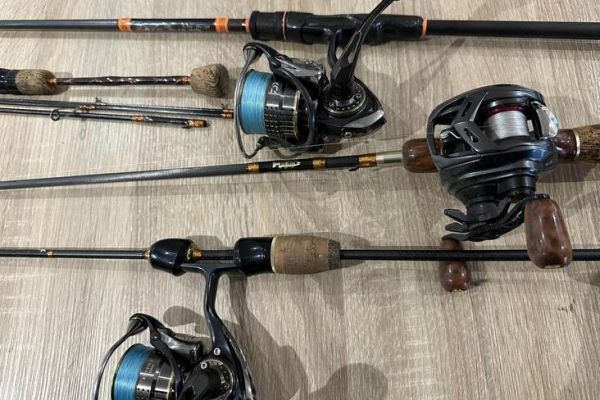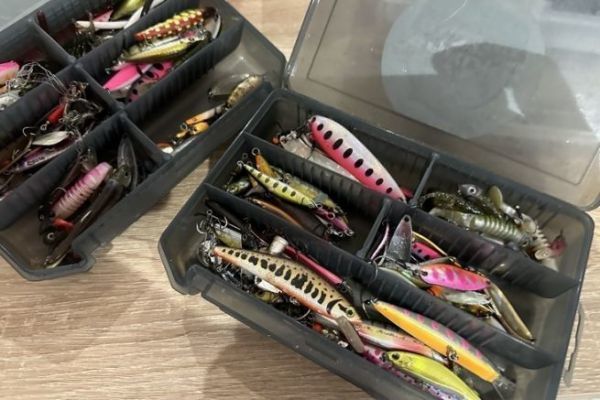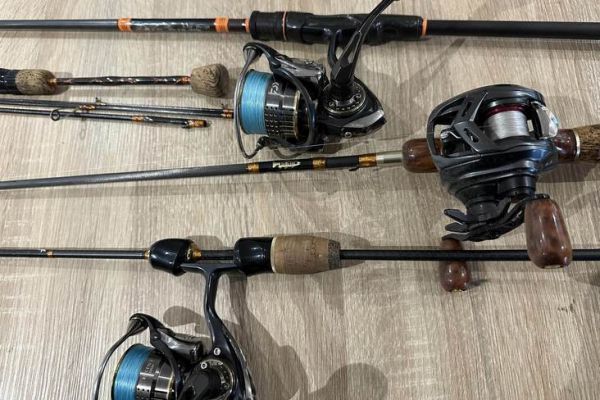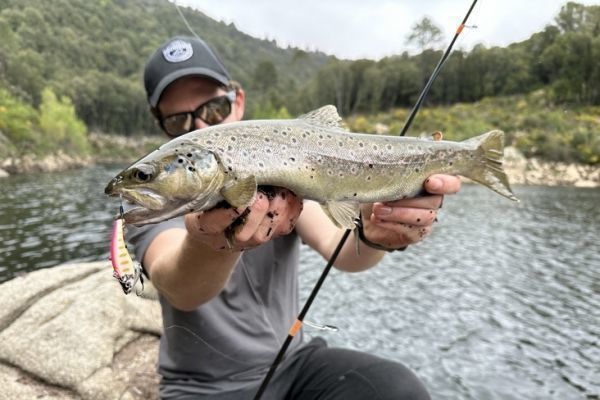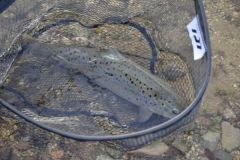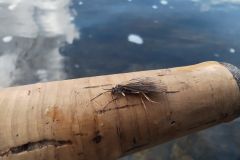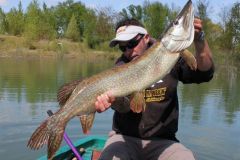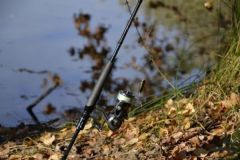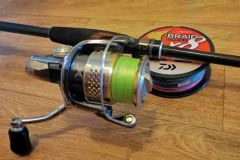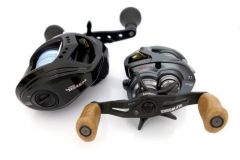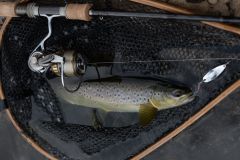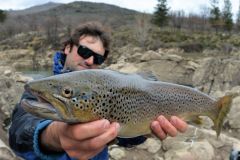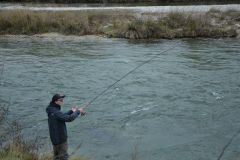Check the condition of your rods
On a fishing rod, and especially a trout rod which is regularly used in crowded streams where it is sometimes necessary to barouder, it is essential to check the rings. The ceramic may be broken or simply chipped, causing premature nylon wear and almost instantaneous braid cutting.
The best way to check this is to pass a fairly fine cotton thread through each ring, and see if it frays or cuts. In addition to ceramics, some rings may be bent or the varnish on the ligatures cracked. Whatever the problem, it's best to change the ring, either yourself or by a professional, to avoid the risk of breaking or losing the ring when opening.
Another point to check is the handle and reel seat. Although it's quite rare, it happens that the clamping rings can move, resulting in a little play, especially during fairly dry animations. As for the handle, if it's made of cork like most trout rods, it's possible to maintain and protect it with a "cork sealer"-type product to ensure it stays in place over time.
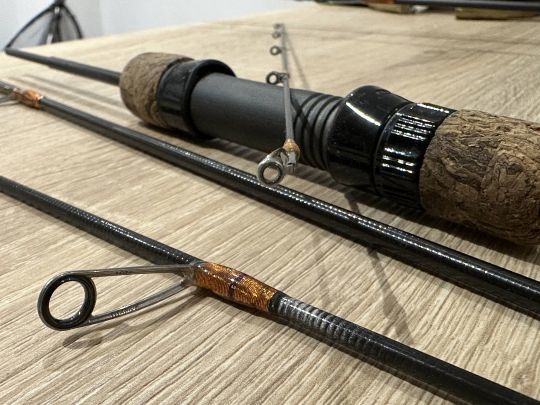
A reel that runs like clockwork
Second part of the trout set(s): the reel! It too needs regular maintenance, and if it hasn't been serviced by the end of the season, we strongly recommend that you give it a quick overhaul. Here again, if you don't feel up to doing it yourself, you can take it to a professional or retailer who has the equipment and knowledge to do it.
Otherwise, it's relatively easy to open a reel (beware of warranties) and oil the bearings, gears and other rotors with specific oil. However, be careful not to get oil on the brake discs, which are located under the spool, as this would make them less effective. Another thing to check is the braid roller at the end of the pick-up, which sometimes seizes up and no longer turns, leading to premature wear of the thread or braid!
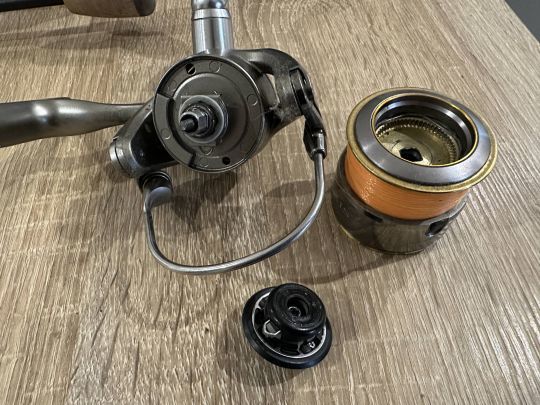
Braid or nylon for trout fishing
Whether your reels are filled with braid or nylon, depending on the intensity of the previous season, it is advisable to renew your line body. Trout fishing is a sport that puts the line body to the test, with numerous casts, in areas with many rocks and/or trees, fairly violent animations, rubbing during fights, etc...
When it comes to choosing between the two, they each offer advantages and disadvantages:
Nylon offers greater discretion, better elasticity which means less stalling, and does not require a special leader. Braid, on the other hand, is less discreet and not at all resistant to abrasion, so it requires a fluorocarbon leader. However, for the same diameter, it is more resistant to traction and offers incomparable glide, which helps to increase casting distance. As it is not at all elastic, braid offers direct contact with the lure, which makes for more precise fishing and a better feel for bites.
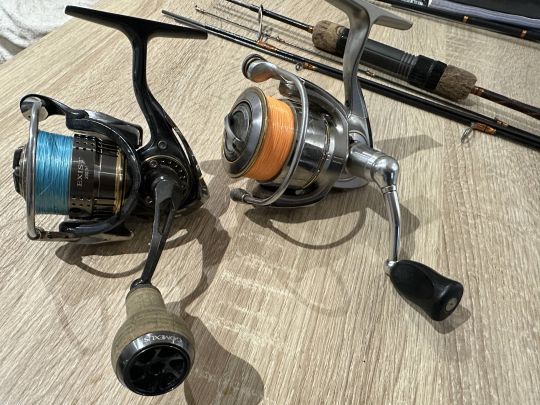
Filling your reel
To fill your reel properly, the first step is to know how much nylon or braid the spool can hold, depending on the diameter you've chosen. Brands offer a wide range of spool lengths, so you won't be buying too much length for nothing. If you choose nylon, simply tie a knot on the spool and reel with tension until the reel is well filled, i.e. the nylon does not overflow the spool.
If, on the other hand, braid is used, it is preferable to make a few turns with nylon, which is then connected to the braid. The purpose of this "stuffing" or "backing" is to prevent the braid from slipping around the spool, making casting completely impossible. The reel must also be filled to the top. A well-filled reel is important to optimize casting distances!
